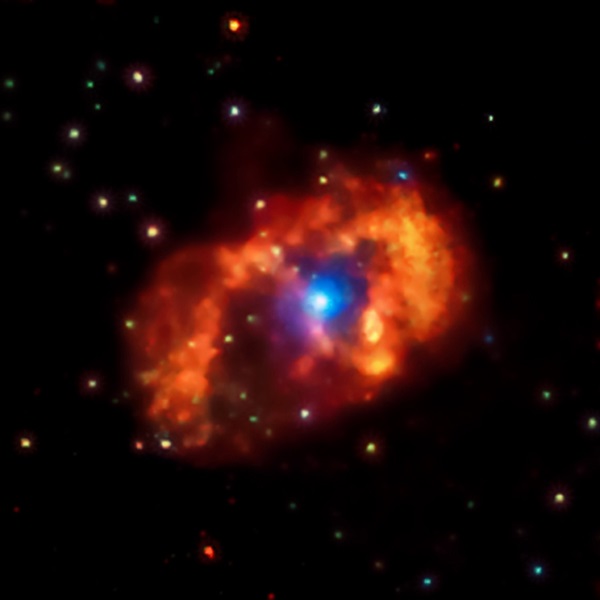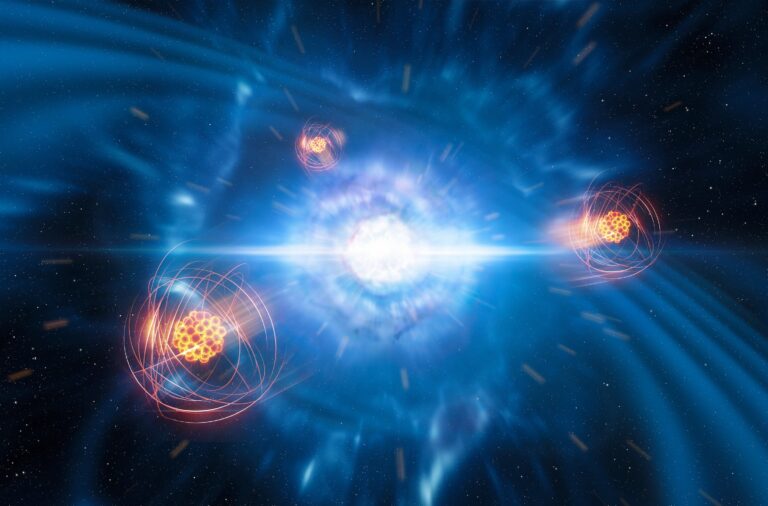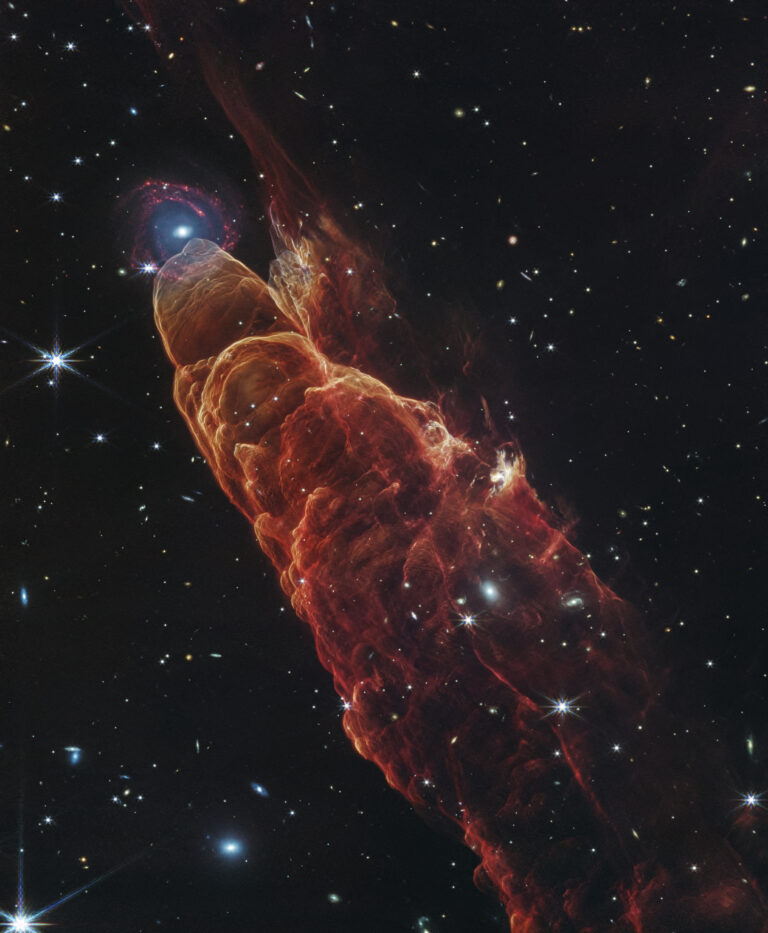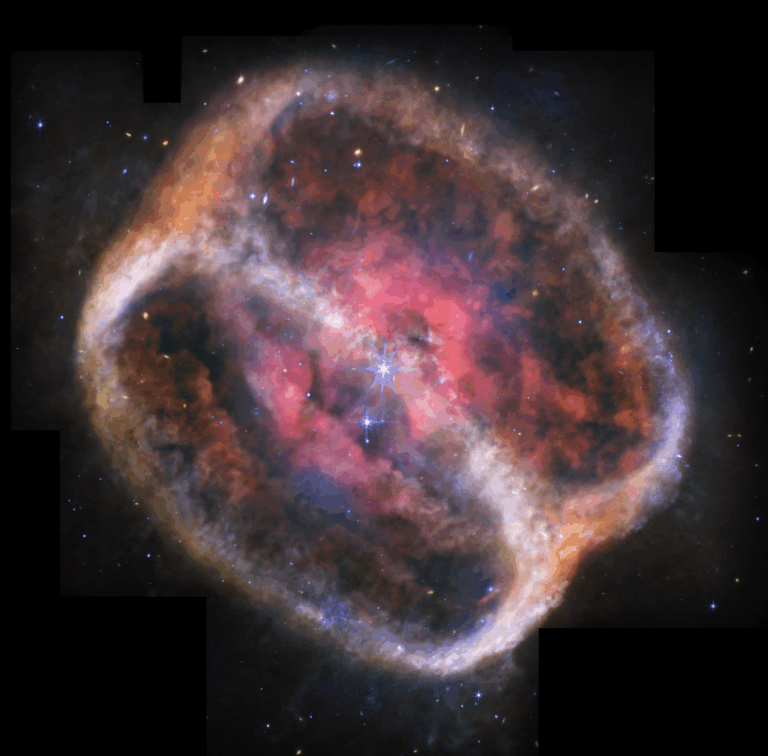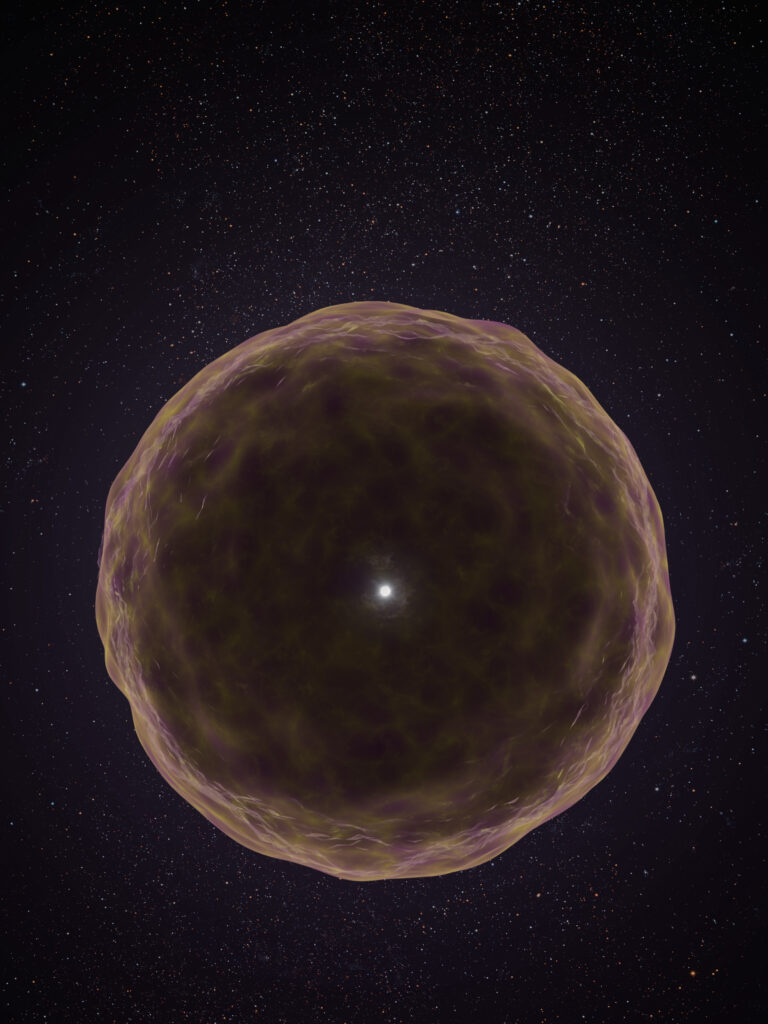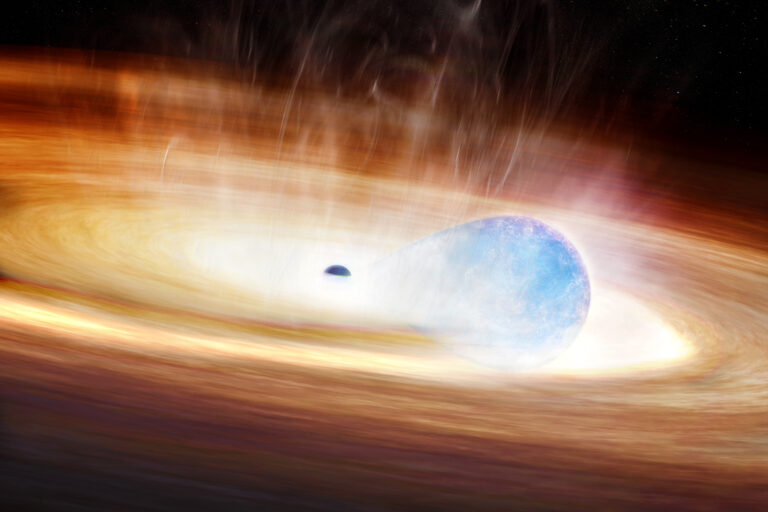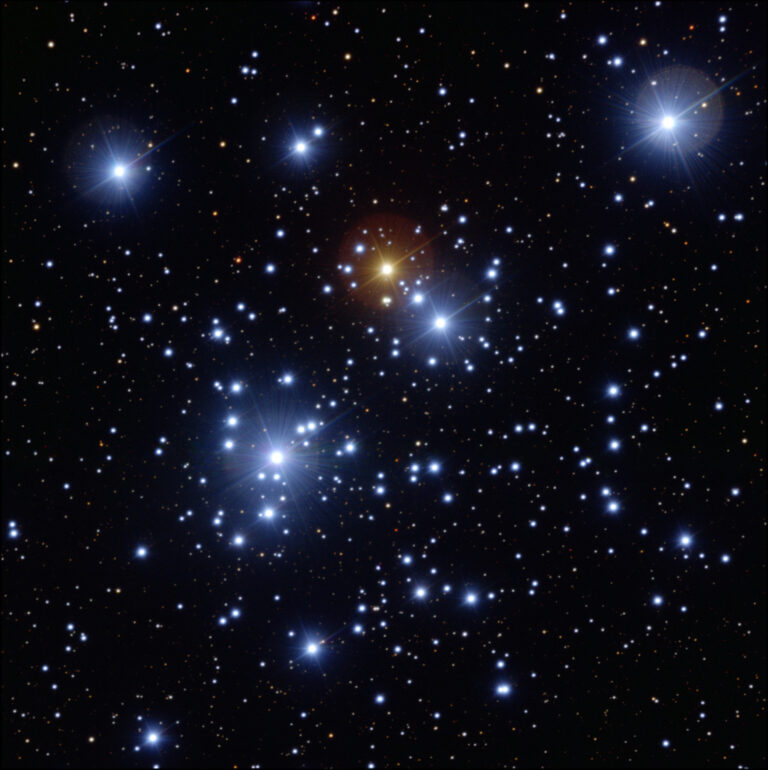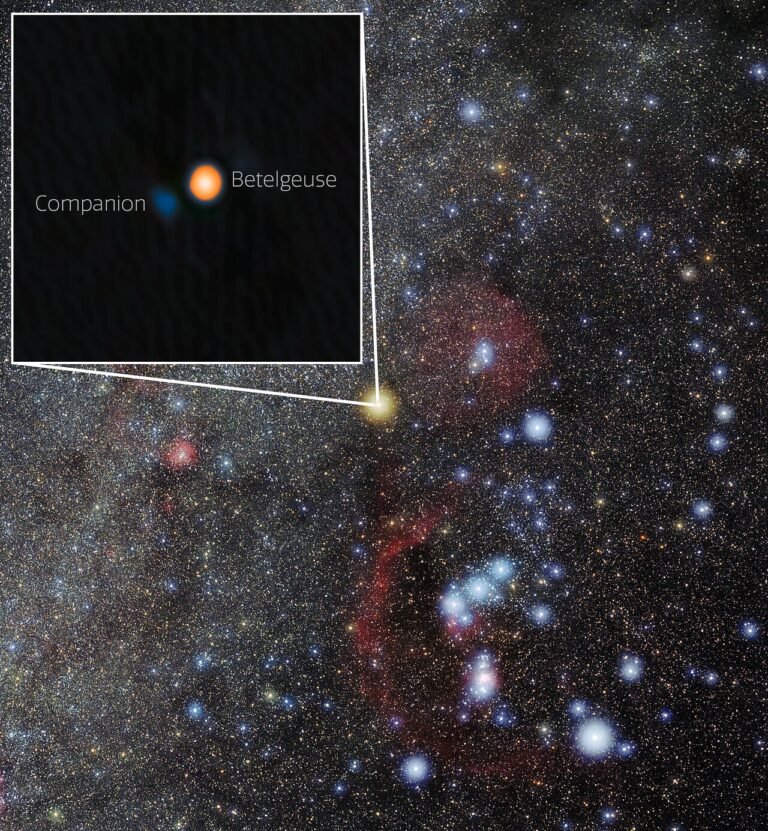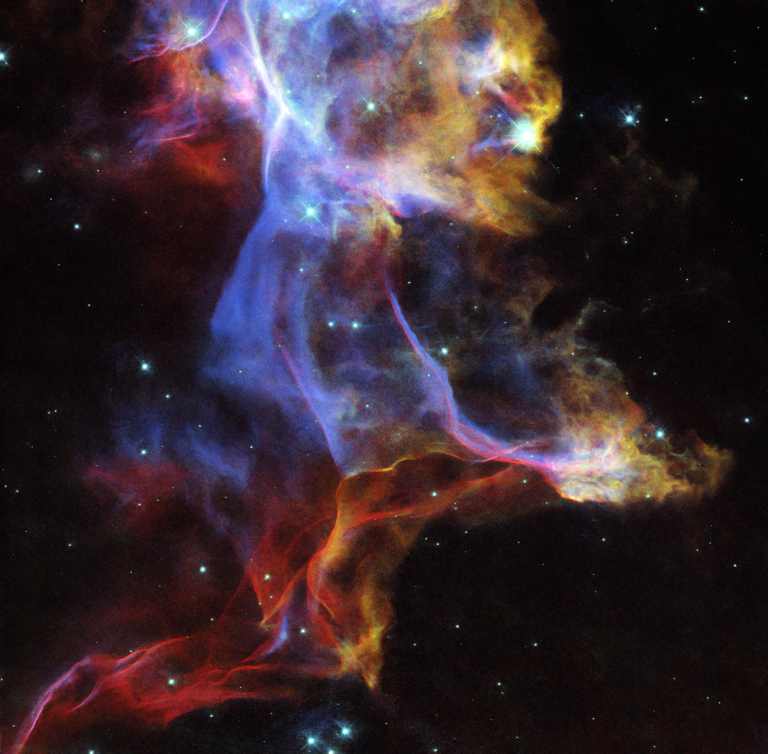Key Takeaways:
- Eta Carinae, a binary star system approximately 7,500 light-years distant, experienced a massive eruption in the 1830s ("Great Eruption"), temporarily becoming one of the brightest stars in the night sky. This event ejected material forming the Homunculus Nebula.
- X-ray observations, particularly using NASA's NICER, reveal a 5.5-year periodicity in Eta Carinae's X-ray emissions, linked to the binary stars' orbital period. Analysis of these X-rays provided the first estimate of the X-ray energy released during the Great Eruption, found to be exceptionally high.
- The study extrapolated low-energy X-ray data back to the 1840s to estimate the energy released during the Great Eruption, revealing X-ray energy release comparable to the total radiant energy output during the event and the kinetic energy of the Homunculus Nebula.
- Ongoing research using data from various X-ray telescopes aims to refine estimates of the Great Eruption's energy release and to constrain models explaining its cause, including hypotheses involving stellar mergers within a potentially triple-star system.
In the middle of the 19th century, Eta Carinae dramatically flared in brightness, temporarily becoming the brightest star in the southern sky. This composite image of the star and its surrounding bipolar nebula, called the Homunculus Nebula, combines optical data (white) from the Hubble Space Telescope and X-ray data (blue) from the Chandra X-ray Observatory.
Beginning in 1837, the star Eta Carinae, located about 7,500 light-years away in the constellation Carina the Keel, underwent a tremendous explosion. The prodigious outpouring of energy, subsequently called the “Great Eruption,” temporarily made Eta Car (as it’s referred to in shorthand) one of the brightest objects in the night sky. And although the star’s luminosity has dropped considerably since then, Eta Car is still about 5 million times more luminous than the Sun.
The cosmic material ejected during Eta Car’s cataclysmic event — which has since formed an expanding, bipolar nebula around the star system dubbed the Homunculus, or “little man” — is still visible within the larger Carina Nebula today. In fact, since Eta Carinae’s outburst first grabbed astronomers’ attention, they have barely taken their eyes, or scopes, off the stellar system.
However, despite 185 years of close scrutiny, “there are still a lot of things we don’t know about Eta Car,” David Espinoza, an astrophysicist at the National Autonomous University of Honduras, tells Astronomy. “It does a lot of weird stuff.”
Espinoza’s colleague and former Ph.D. advisor, Michael Corcoran — an astrophysicist at NASA Goddard Space Flight Center and the Catholic University of America who’s been studying Eta Car for the past 30 years — agrees. “Why this star exploded, and how it managed to survive such a massive blast, remains one of the great mysteries of stellar astronomy,” says Corcoran.
Nonetheless, some answers have emerged from X-ray astronomy, the field Corcoran specializes in. That’s because “X-rays coming from Eta Car are very localized,” he explains. “In other wavebands, the radiation comes from larger regions around the star, which makes the information harder to disentangle.”
Probing Eta Carinae with X-rays
In the early 1990s, Corcoran and his team discovered that Eta Car was an X-ray variable star. Around the same time, a study of a long series of ground-based optical spectra led the Brazilian astronomer Augusto Damineli to conclude that Eta Car is, in fact, a binary system. Although the smaller star in this system has never been directly imaged, X-ray studies have played a key role in confirming its existence. Current estimates hold that the larger (primary) star has a mass of about 90 Suns, whereas the smaller (companion) star has a mass of around 30 Suns.
In the late 1990s, Corcoran went on to lead a team that monitored the X-ray output from Eta Car with NASA’s Rossi X-ray Timing Explorer. These observations showed that Eta Car’s X-ray emissions reach a peak once every 5.5 years, when the two stars, each following highly eccentric orbits, come closest together. At those times, the X-rays attain their maximum brightness. Then, within a few weeks, the X-ray signal nearly disappears, only to soon rise again, starting the cycle all over.
“The astounding thing about Eta Car’s X-ray variability,” says Corcoran, “is how regular it is.
Eta Carinae: A blast from the past
Now, in a new paper published July 8 in The Astrophysical Journal, Espinoza, Corcoran, and their colleagues put forth the first-ever estimate of the X-ray energy discharged during Eta Car’s Great Eruption of the 19th century. To do this, they stitched together more than 300 observations made by NICER, a NASA X-ray observatory on the International Space Station.
“The low-energy X-rays tell you about the precursor blast wave, during which the fastest, lightest material is ejected, followed by the slower, denser material that comes out later,” Espinoza says. “[These low-energy] X-rays, in other words, reveal the vanguard of the eruption, which corresponds to the material that extends the greatest distance from the star.”
While pouring over the data, Espinoza discovered a steady, essentially linear drop-off in Eta Car’s emission of low-energy X-rays since the first NICER observations were taken in 2017. By extending this behavior back in time — all the way to the 1840s — he and Corcoran were able to show that the X-ray power alone released by the explosion was about 10 million times greater than the entire radiant power of the Sun across all wavelengths.
This was far greater than expected, comparable to the amount of energy given off in optical wavelengths during the Great Eruption, and also comparable to the kinetic energy of the slower-moving material that now comprises the Homunculus Nebula.
The strategy the researchers used for their new analysis isn’t unheard of, either. In fact, it’s very similar to the strategy employed by astrophysicists and cosmologists who rewound the clock on the universe’s expansion to determine there must have been a Big Bang.
What caused the Great Eruption of Eta Carinae?
Moving forward, Corcoran and Espinoza are attempting to refine their estimate of Eta Car’s 19th-century blast using data from other X-ray telescopes, including NASA’s Chandra X-ray Observatory and ESA’s XXM-Newton X-ray observatory. They also eagerly anticipate using the upcoming XRISM satellite, a joint Japanese/U.S. X-ray telescope scheduled for launch in April 2023, to measure the motions of both the X-ray emitting gas and the stars themselves.
More precise calculations of Eta Car’s energy release won’t, on their own, resolve the mystery of what caused the star to erupt 185 years ago, nor will they reveal whether or when such a blast might occur again. However, they can certainly help astronomers place some constraints on the eruption models that have been proposed so far.
For example, Ryosuke Hirai of Monash University recently explored the idea that Eta Car was actually a triple star system, in which orbital instabilities caused two of the three stars to merge. It is this merger, Hirai’s hypothesis suggests, that led to the spectacular flare-up that famed astronomer John Herschel (among others) witnessed in December of 1837. “If it really was the result of the merger of two stars,” Corcoran says, “that process could be modeled in detail, and the X-ray data could play an important role in helping us rule in, or rule out, such stellar merger models.”
The intriguing life of Eta Carinae
Eta Car presents astrophysicists with a unique opportunity to better understand the most massive and powerful stars in our Milky Way. After all, Eta Car is the most massive, most luminous star within 10,000 light-years of Earth.
“Most of the stars in the sky are not alone,” Espinoza notes. “To illustrate that point, astronomers often joke that three out of every two stars in the sky is a binary” like Eta Car. Through stellar winds, eruptive episodes, and supernova explosions, giant stars like this seed the universe with the heavy elements essential to the existence of rocky planets and life.
These massive star systems, Corcoran adds, also may be the seeds of the binary black holes whose collisions are detected by gravitational wave observatories like LIGO. It’s still not clear how some of the largest merging black holes detected by LIGO — those on the order of 60 to 70 solar masses — formed and evolved. But “they likely come from star systems like Eta Car,” Corcoran says. “Nature is giving us a close-up view of a progenitor of those kinds of system.”
Looking back, Corcoran never imagined in 1992, when he first set his sights on Eta Car, that it would command his attention for the next 30 years — but it has.
“It’s not a black hole,” he says, “but it’s sort of like a black hole, because once you fall into it, it is hard to extricate yourself.”

